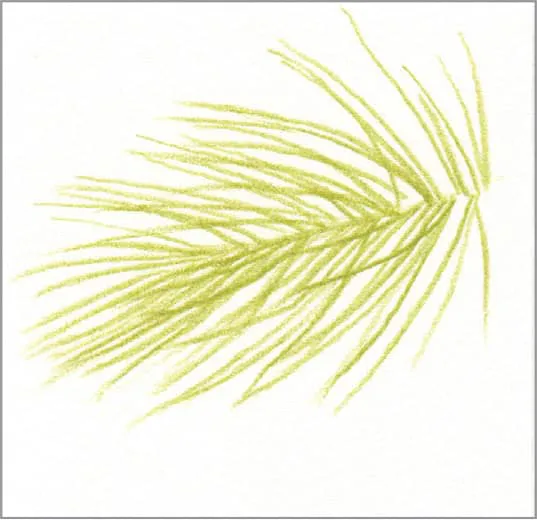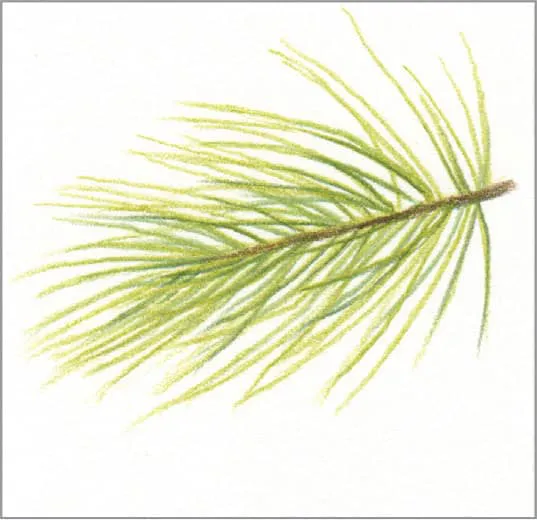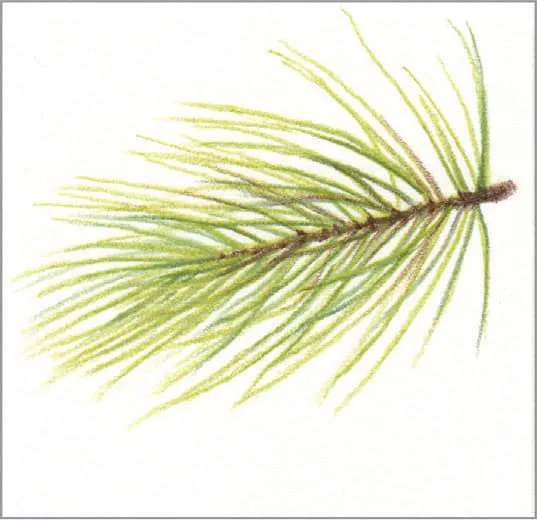
101 Textures in Colored Pencil
Practical step-by-step drawing techniques for rendering a variety of surfaces & textures
Denise J. Howard
- 128 Seiten
- English
- ePUB (handyfreundlich)
- Über iOS und Android verfügbar
101 Textures in Colored Pencil
Practical step-by-step drawing techniques for rendering a variety of surfaces & textures
Denise J. Howard
Über dieses Buch
Get a feel for your art—literally! 101 Textures in Colored Pencil teaches you every technique you'll need to give your colored-pencil drawings realistic, palpable texture. *Named One of the 54 Best Colored Pencil Drawing Books of All Time by BookAuthority* There has never been a better opportunity to master textures. Knowing how to make your surfaces and textures look real is one of the most challenging aspects of creating art in colored pencil, even for experienced artists. 101 Textures in Colored Pencil provides artists with step-by-step instructions for drawing a wide variety of the most common textures and surfaces, including sand, water, metals, foliage, wood, fabrics, stone, grass, hair, and many more. To get you started, this comprehensive guide opens with a review of tools and materials as well as basic skills, such as strokes, effects, and color mixing. Each page of instruction is a comprehensive resource on how to create a specific texture, complete with two to three easy-to-follow steps and a final, detailed image of the finished artwork. Plus, the book is organized into sections based on subject matter, so you can easily find the specific texture you're looking for. An artist's gallery in the back of the book provides examples of the textures in completed works of art. Just a sample of the textures you will learn to render:
- People: smooth skin; aged skin; straight, curly, and wavy hair; lips
- Animals & Insects: smooth, curly, and course canine fur; elephant skin; feather; fish scales
- Fabrics & Textiles: burlap, tweed, silk, velvet, leather, lace, sequins
- Glass, Stone, Ceramics, Wood & Metal: porcelain, polished silver, hammered brass, peeling paint
- Food & Beverage: red wine, cut citrus fruit, coconut, peach, dark chocolate
- Nature: smooth and rough bark, moss, river pebbles, still and rippled lake, clouds
101 Textures in Colored Pencil includes all the textures you need to create realistic masterpieces in colored pencil.
Häufig gestellte Fragen
Information

77 Smooth Bark
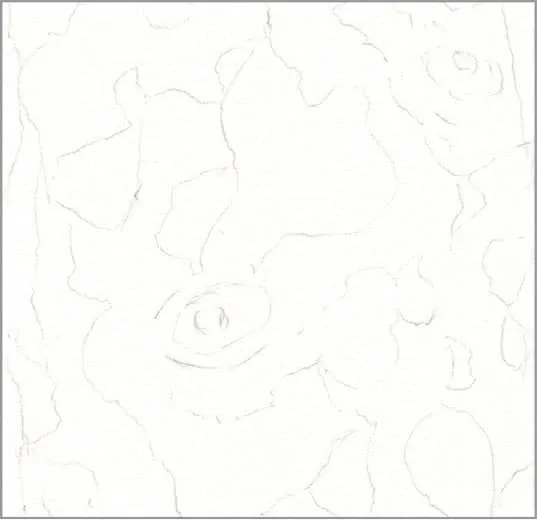
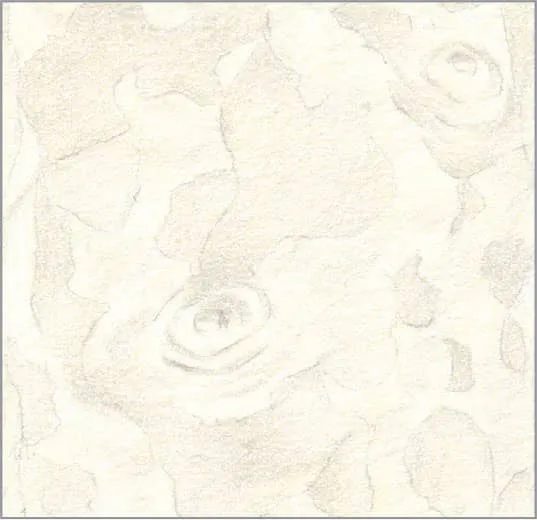

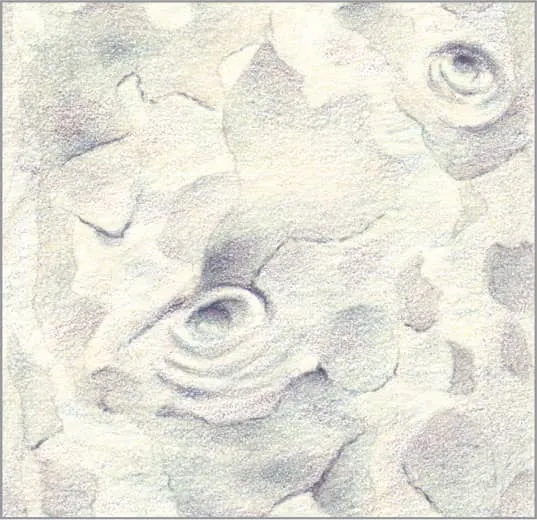
78 Rough Bark

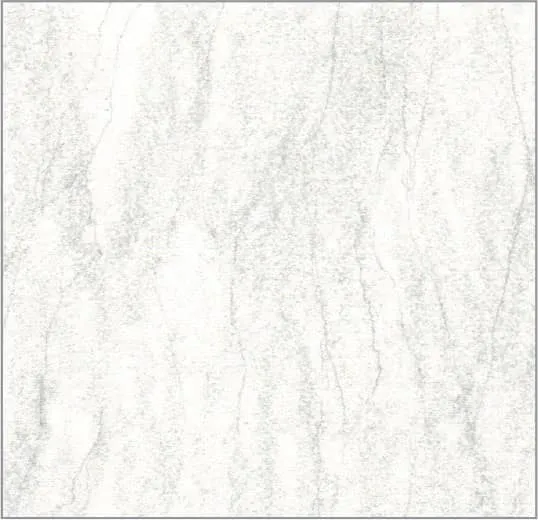
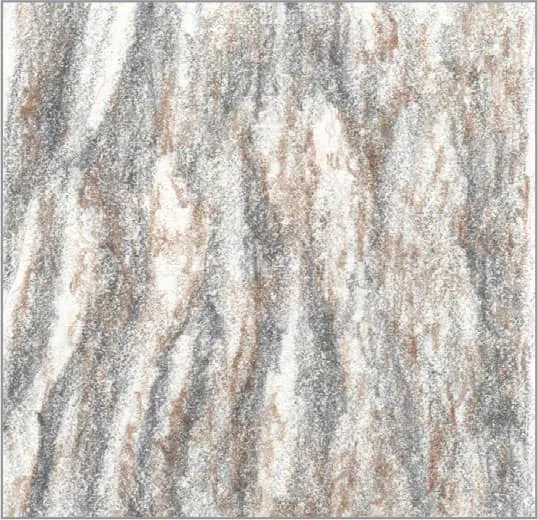
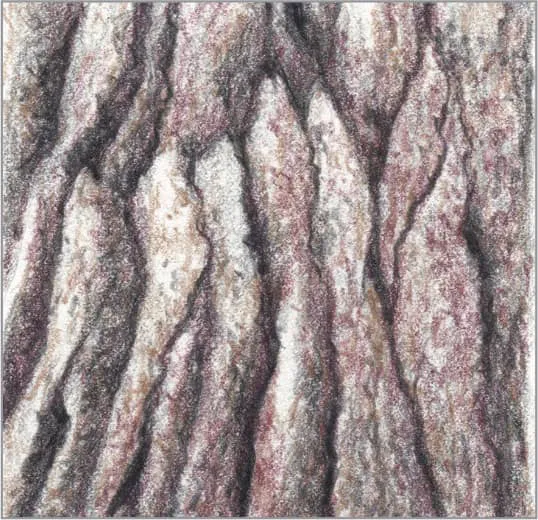
79 Pine Needles
